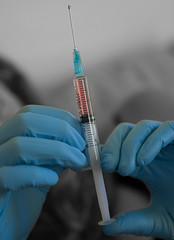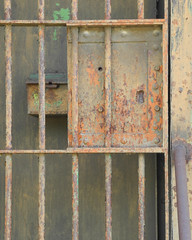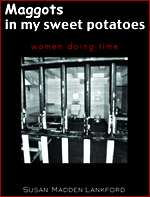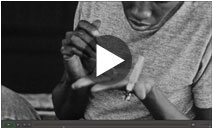Florida’s youth-corrections system is so poorly administered that children are assaulted by officers, denied necessary medical care and punished harshly for minor infractions, a federal report released Friday concludes.
Conditions are so severe, the U.S. Department of Justice said, that they violate the Constitution.
So begins Carol Marbin Miller’s article in The Miami Herald last Friday about the blistering report handed down by the Justice Department’s Civil Rights Division. 28 pages that detail the horrible conditions experience by those incarcerated at Florida’s Dozier School for Boys and the Jackson Juvenile Offender Center. While both of these facilities were closed earlier this year the report states that similar conditions are likely common in other state youth prisons. The reasoning? The state’s “failed system of oversight and accountability”.
We see these stories in the news far too often. Just last July the death of Eric Perez, 18, at the Palm Beach County detention center was in the news. If any of the multiple guards and administrators who heard his pleas for medical attention had listened he might still be with us.
Suicidal youths are put in isolation. Others are discouraged from seeking medical attention, many times because what needs attention is an injury inflicted by the staff. Isolation and confinement are often used as punishment despite the fact that experts discourage it in all non-emergency situations. The list goes on and on, often involving different permutations of unneccessary or excessive force.
“These conditions return youth to the community no better — and likely less-equipped to succeed than when they were first incarcerated,” Assistant Attorney General Thomas E. Perez wrote in a Dec. 1 letter to Gov. Rick Scott, adding that such practices “erode public confidence in the juvenile justice system and interfere with the state’s efforts to reduce crime.”
While Perez’ words are strong and voice valid concerns there is no intimation that either the Justice Department or Perez himself will seek further action. That is the truly disappointing facet of this otherwise
Image Source: Conner395 on Flickr, used under it’s Creative Commons license


















